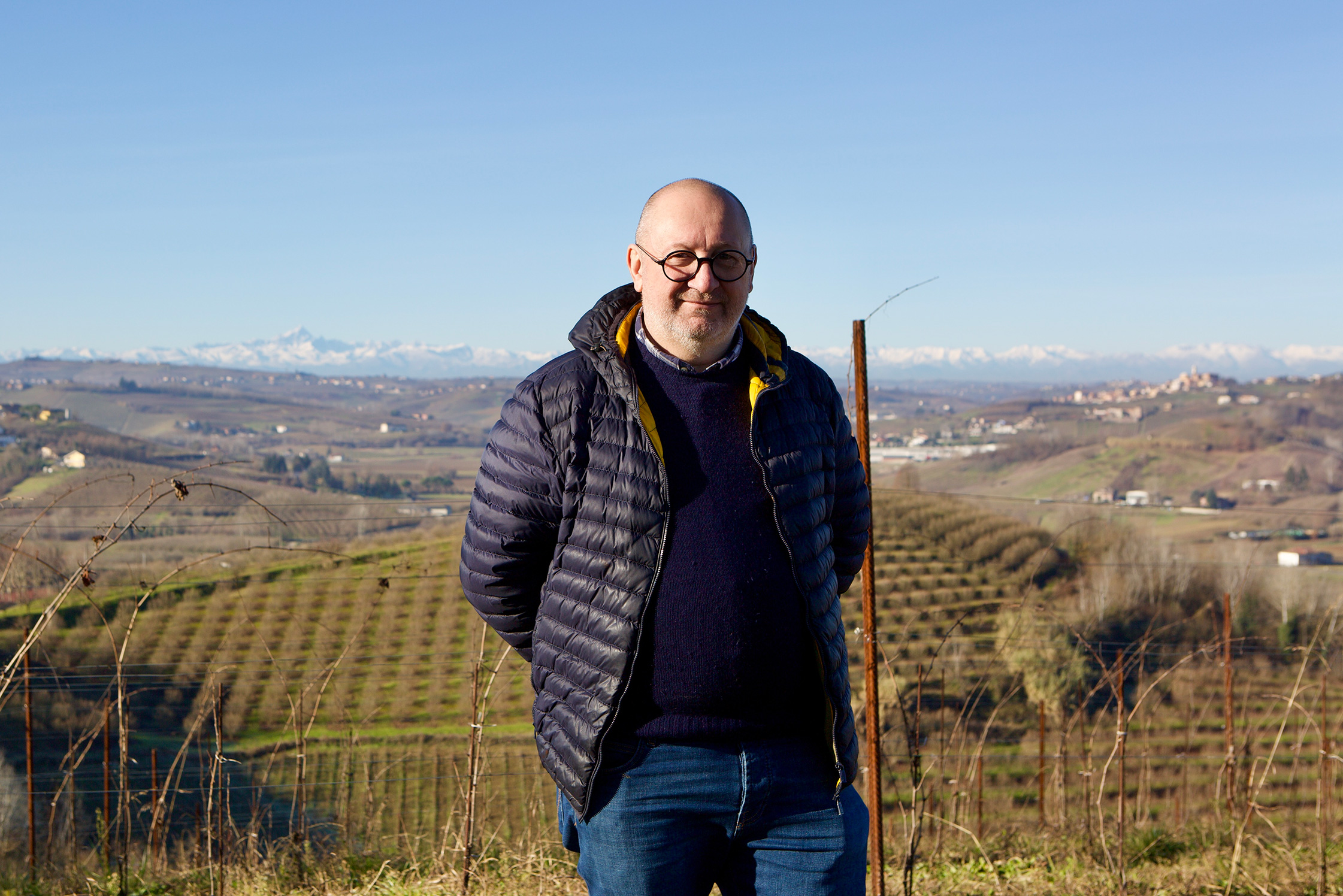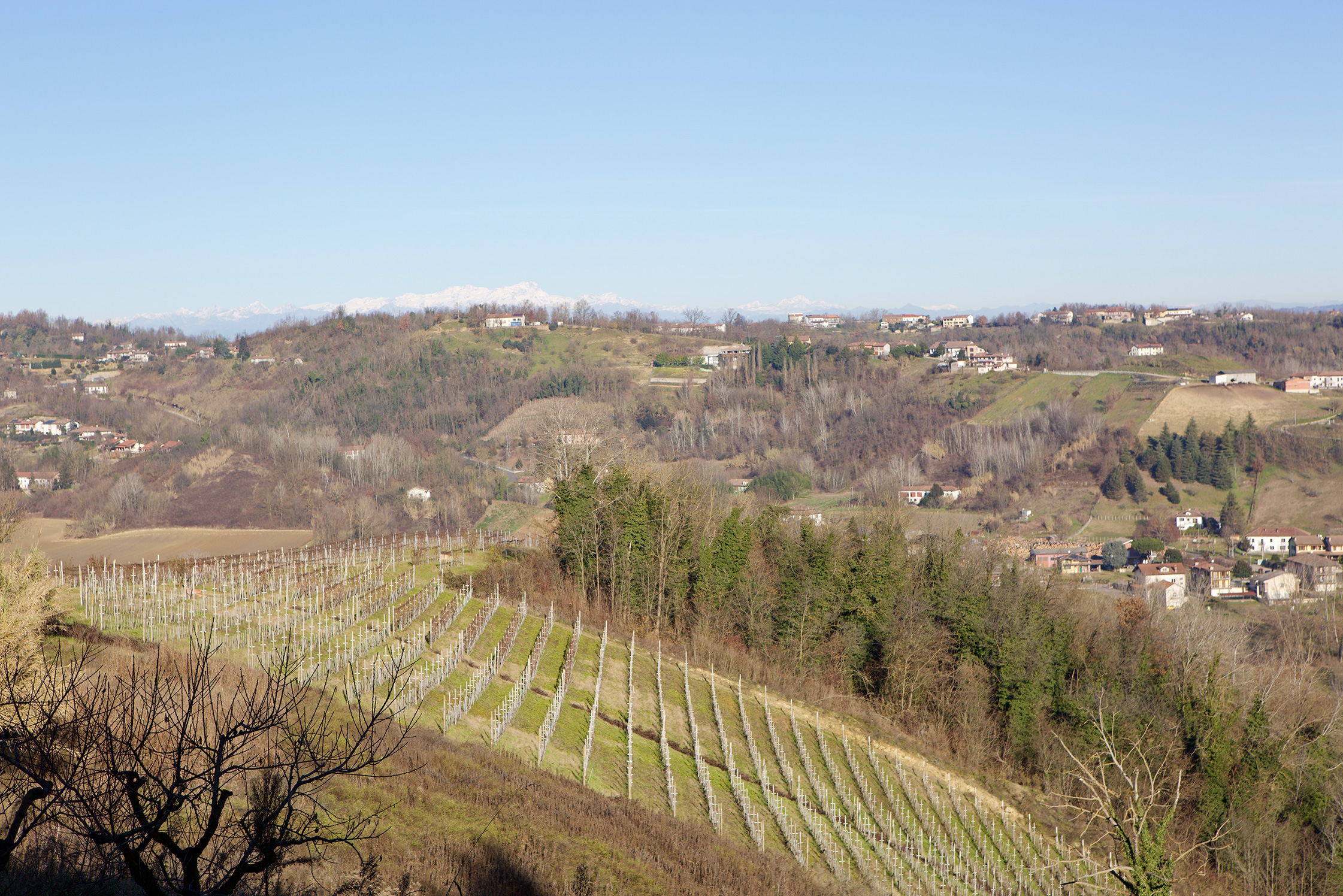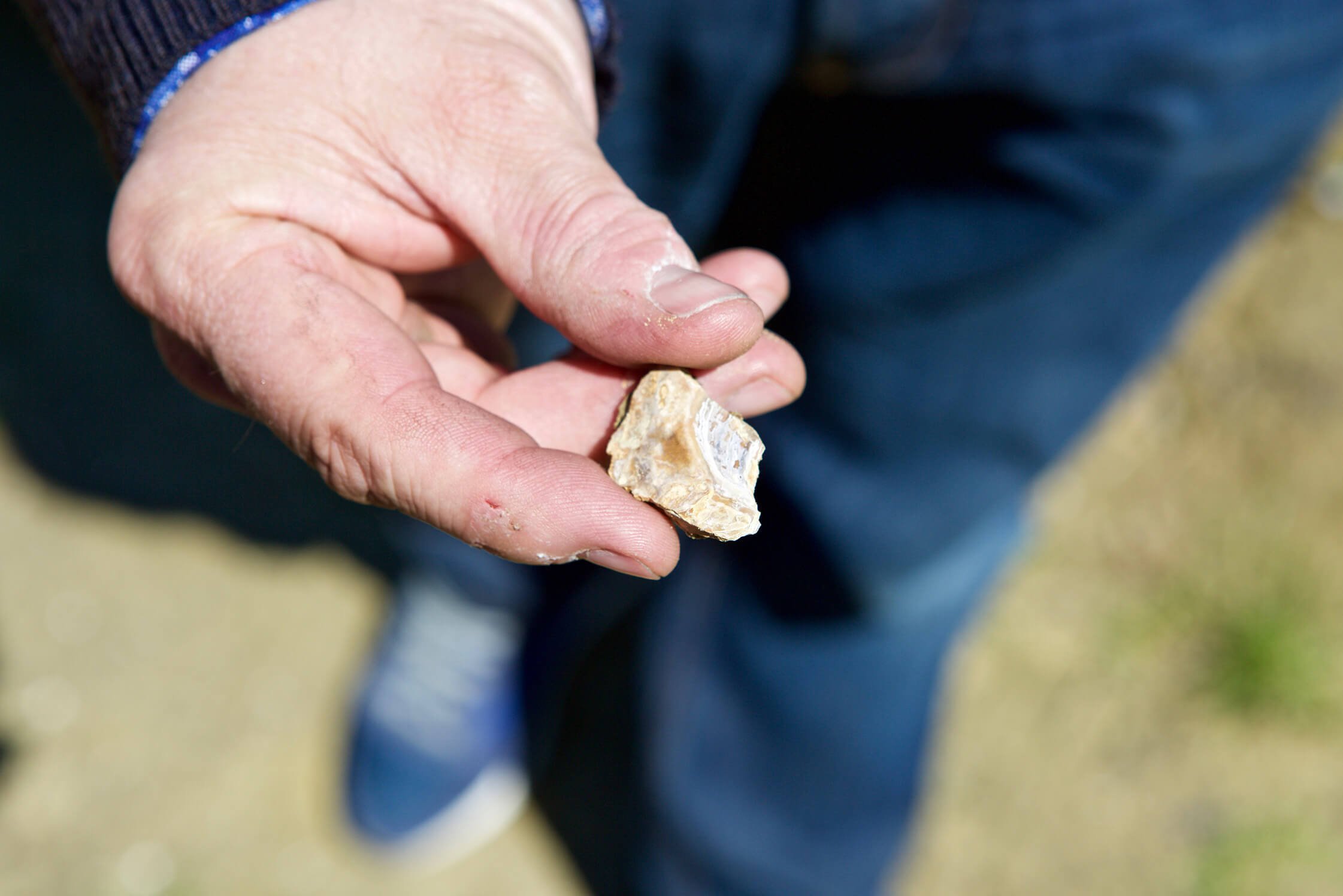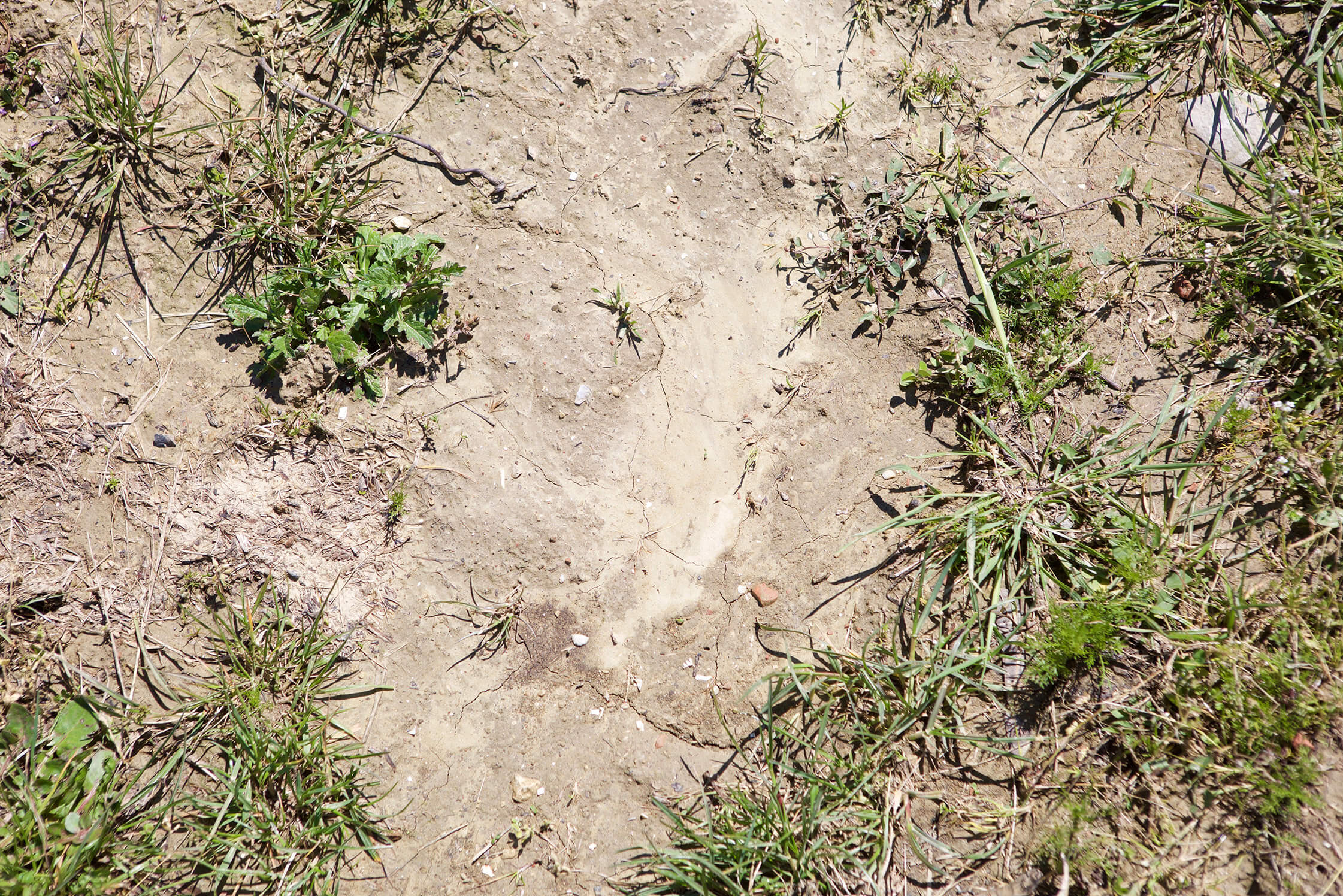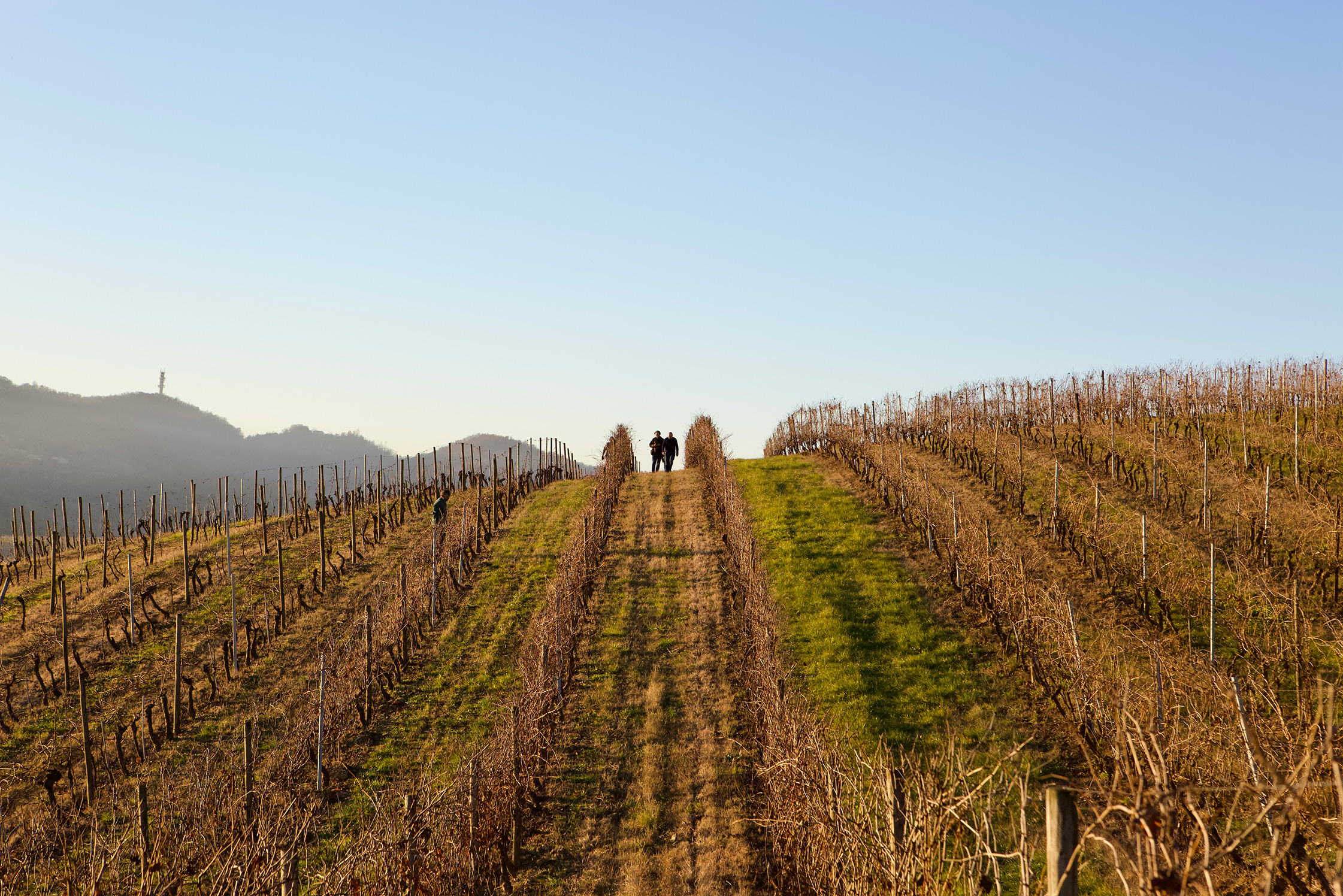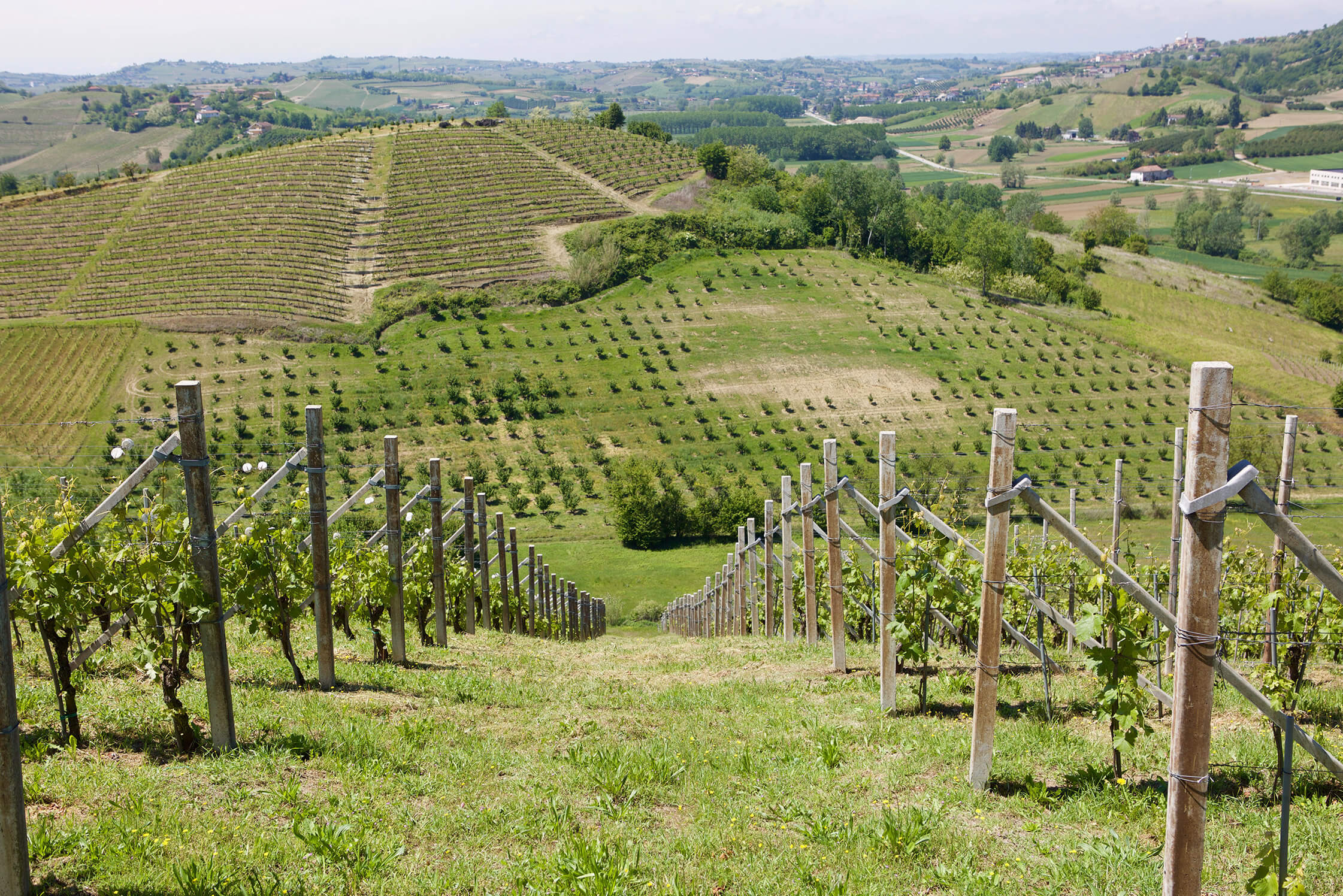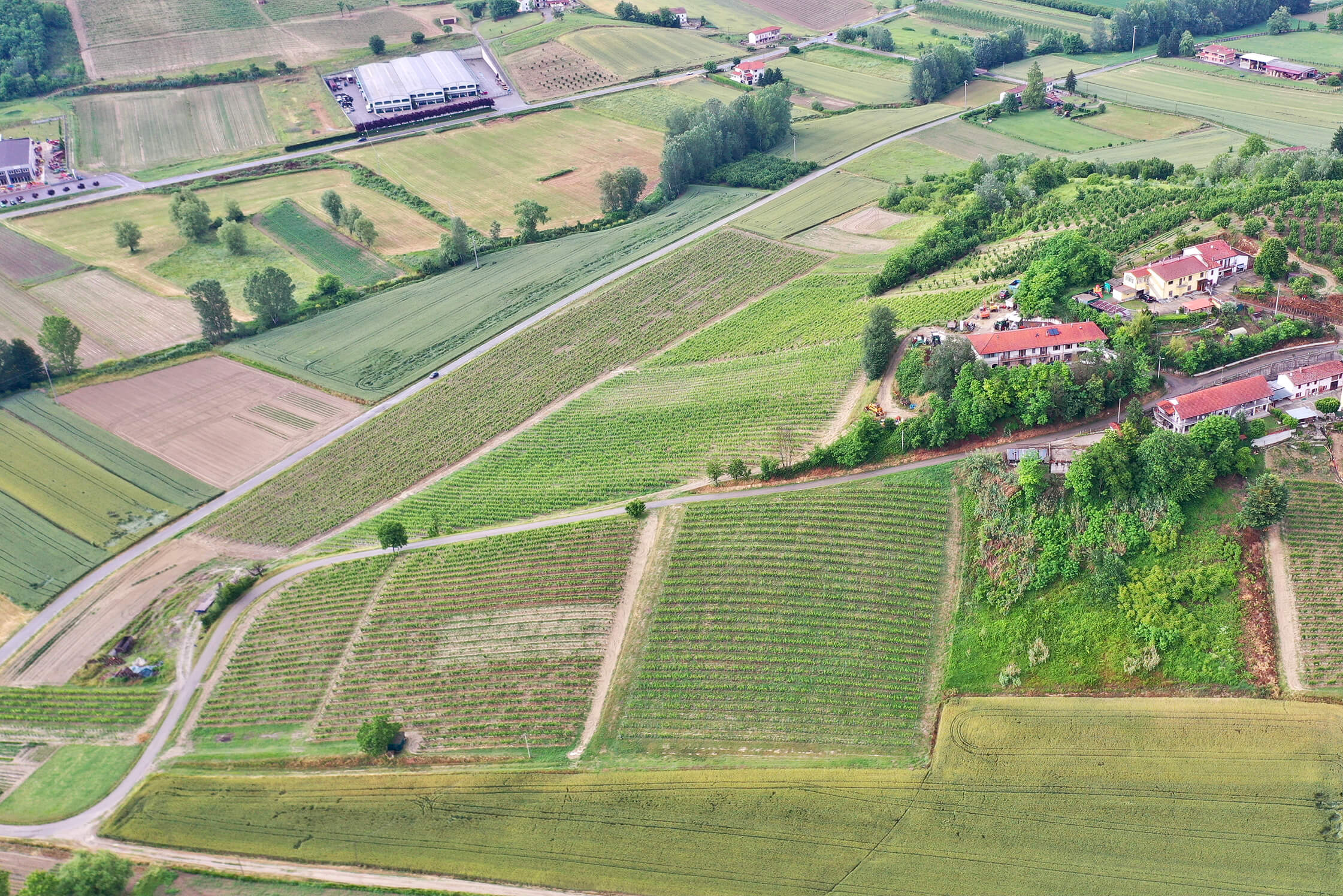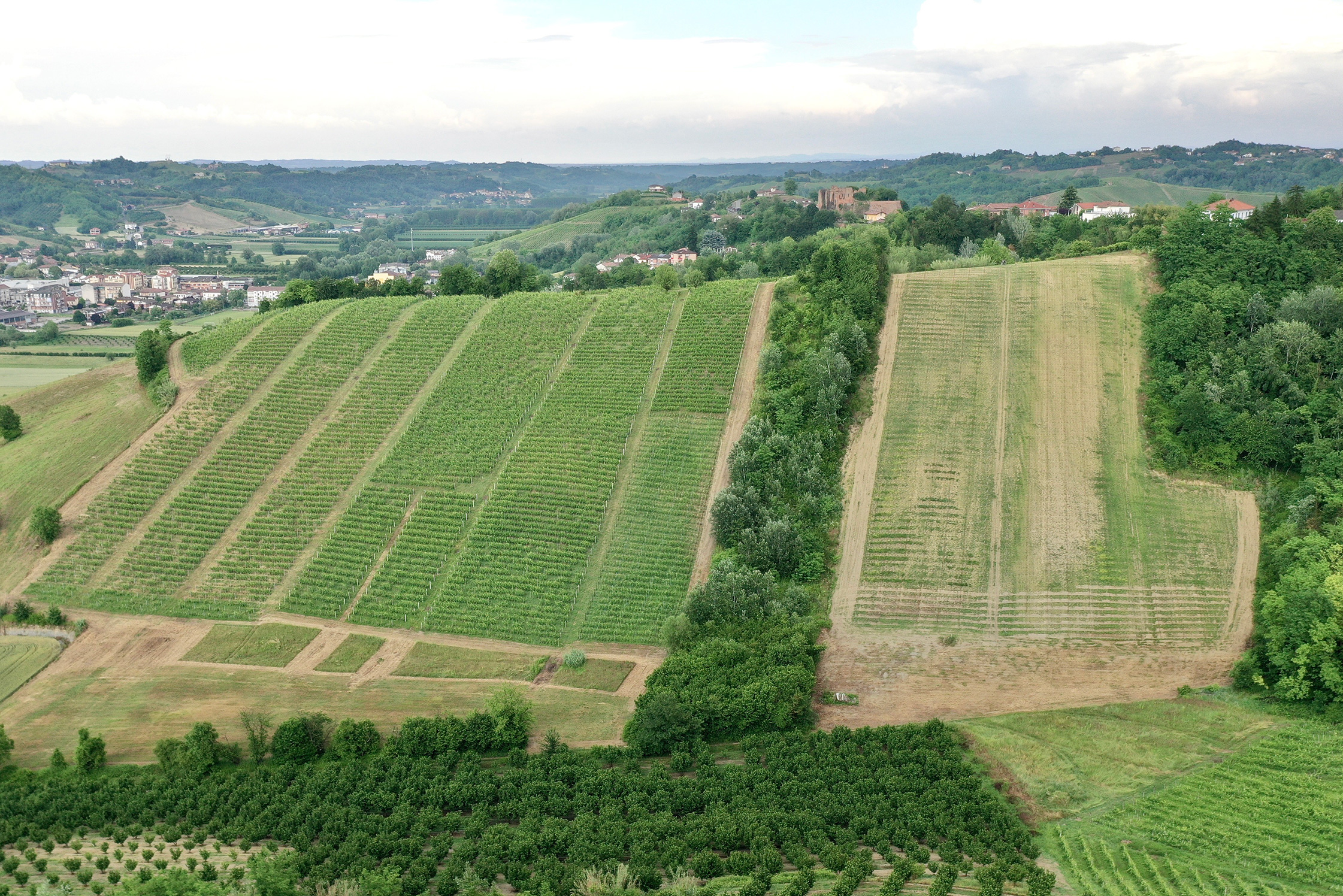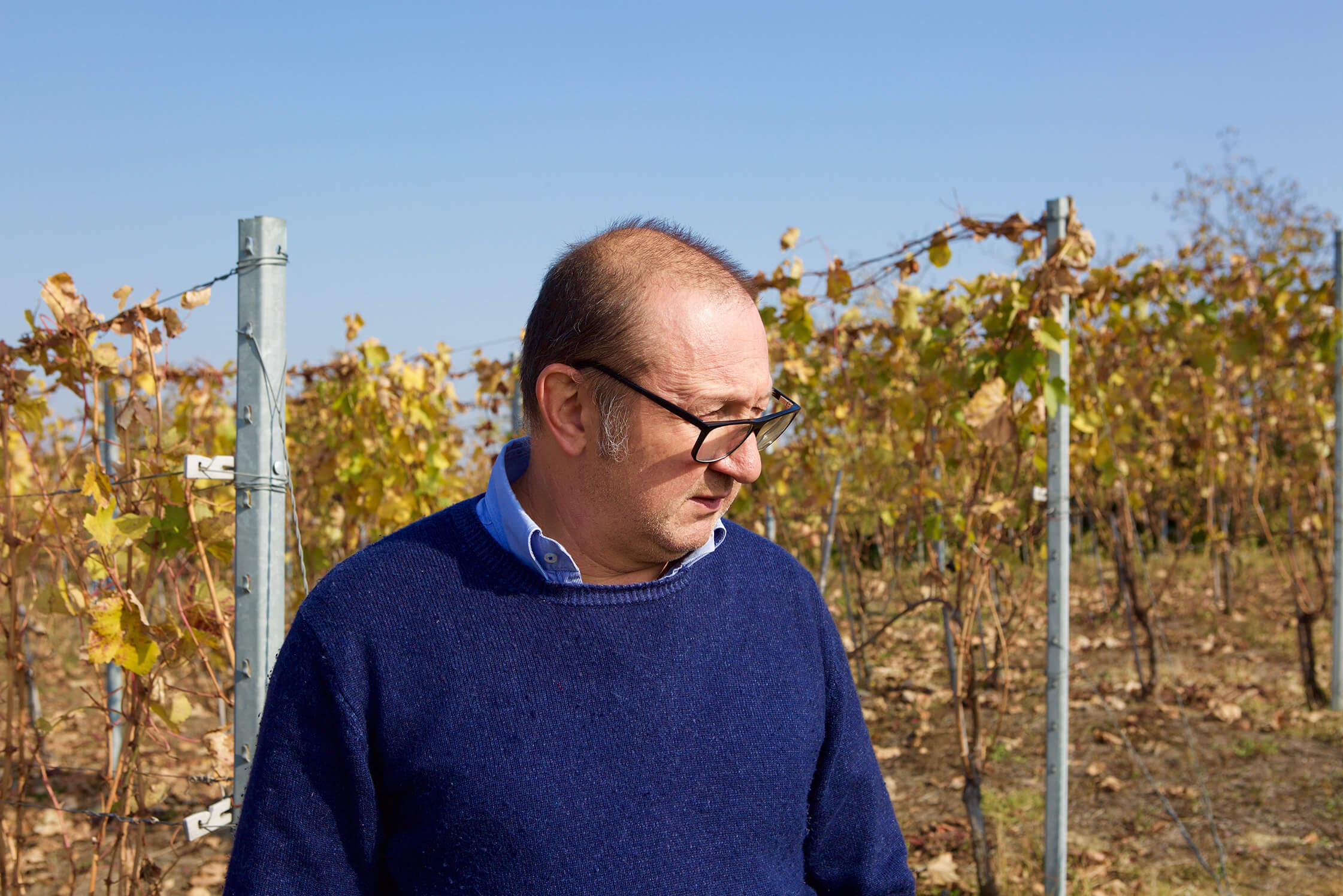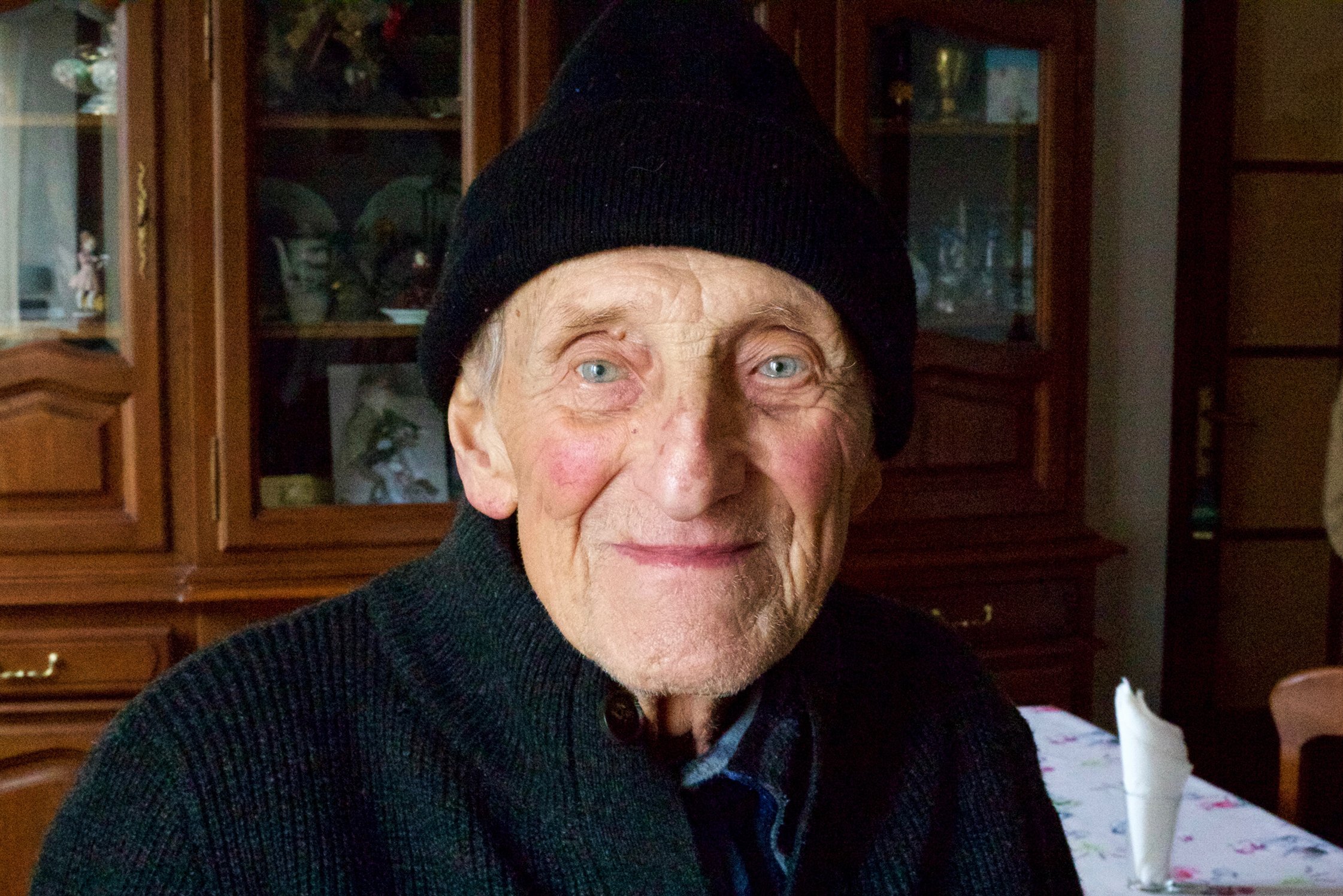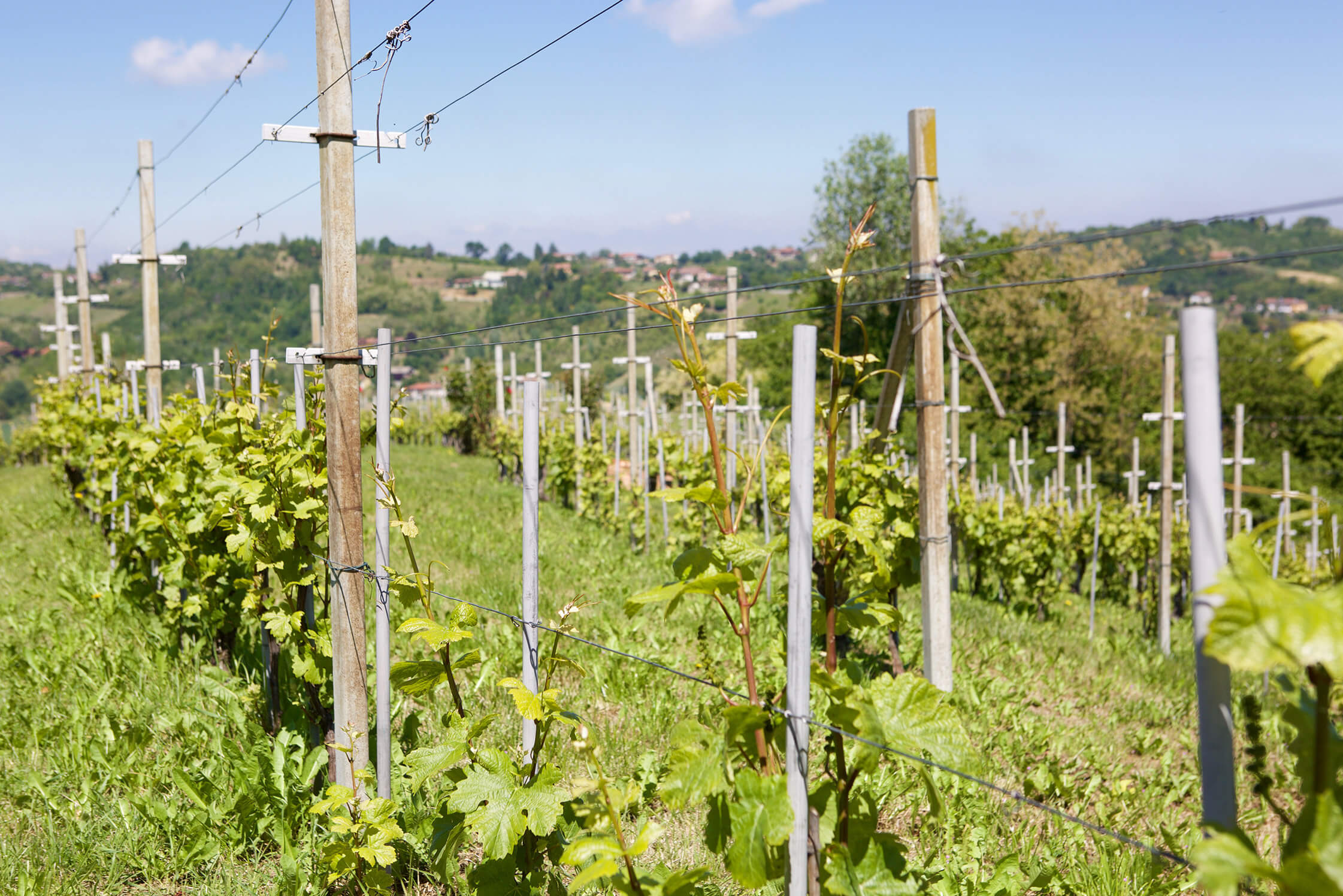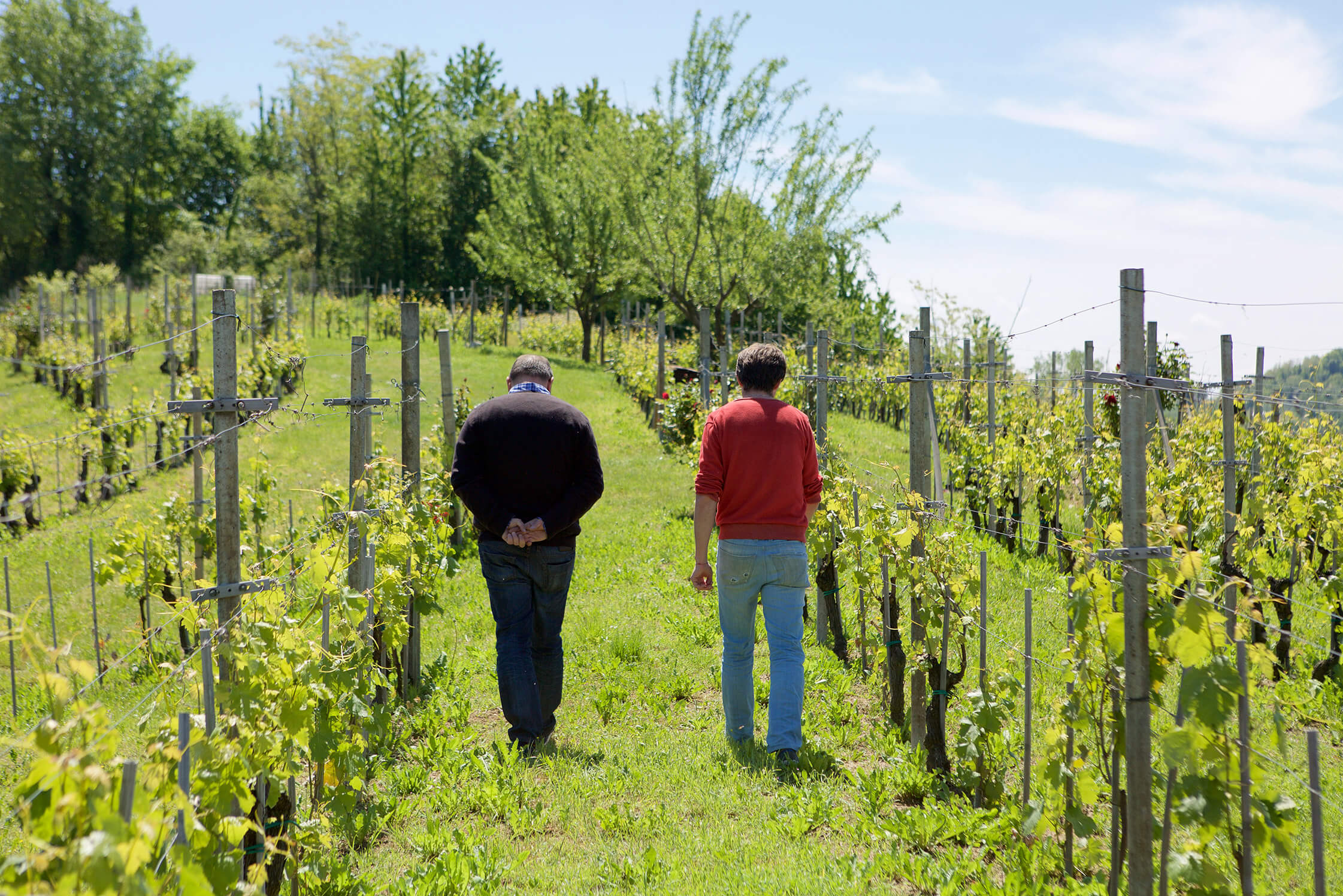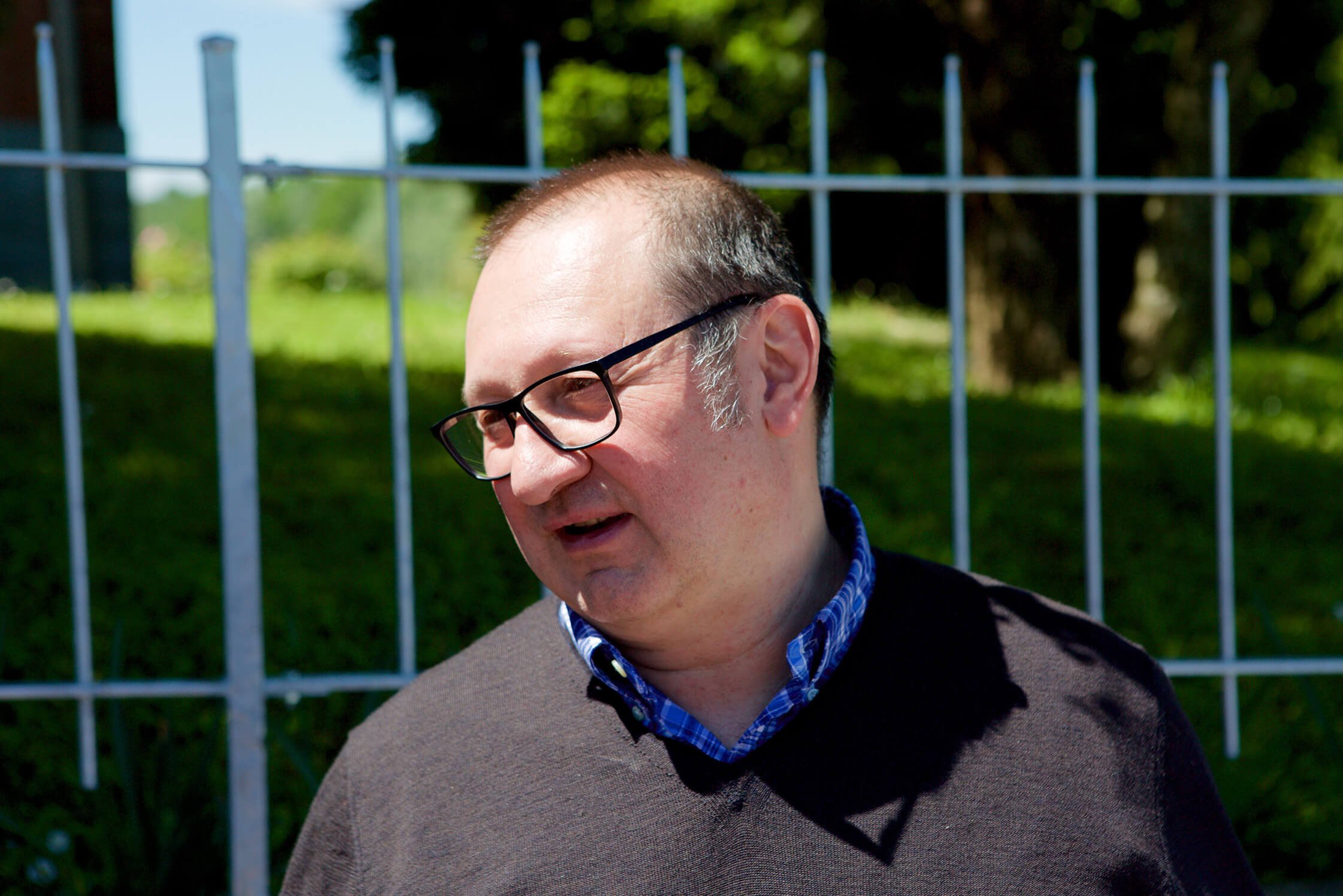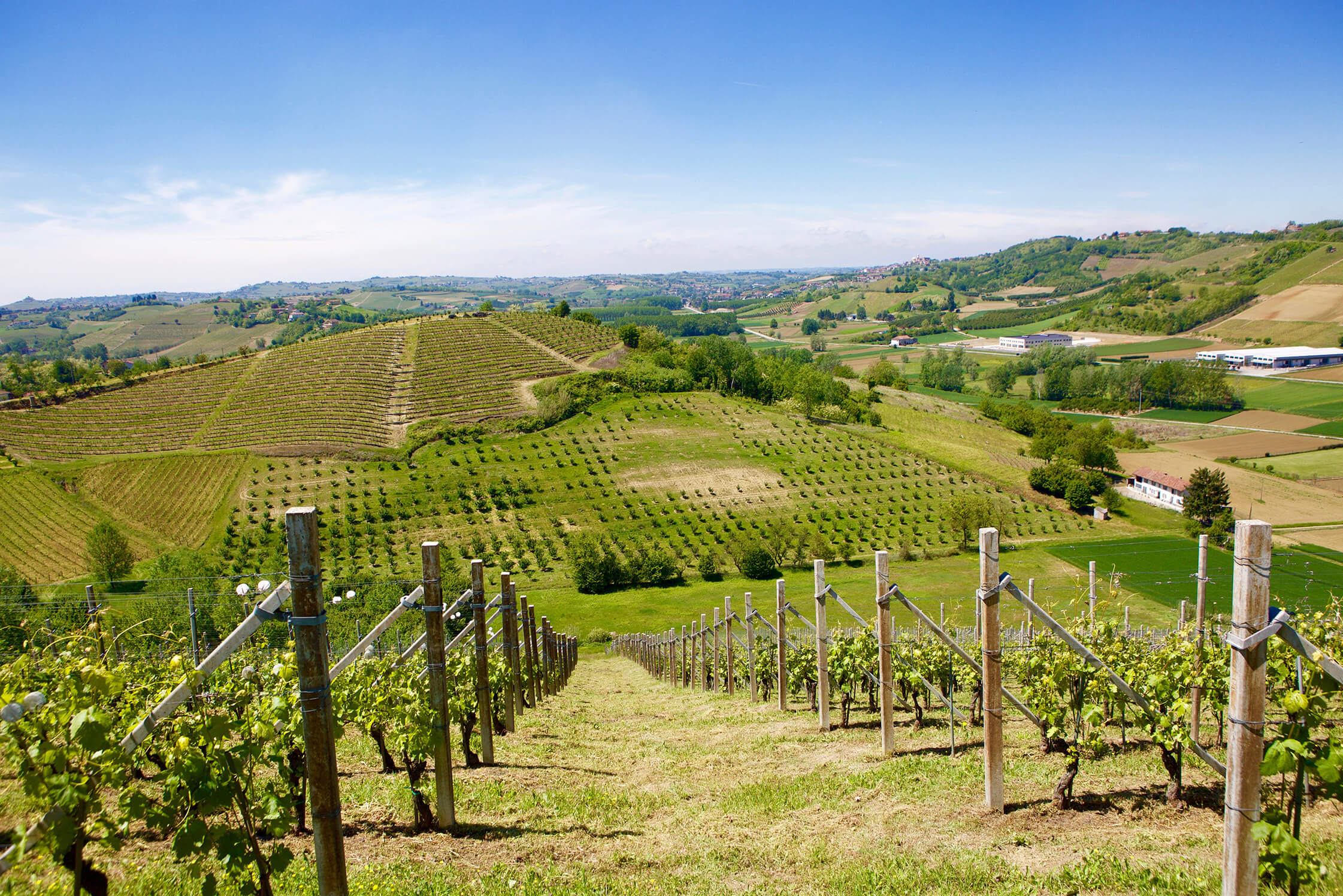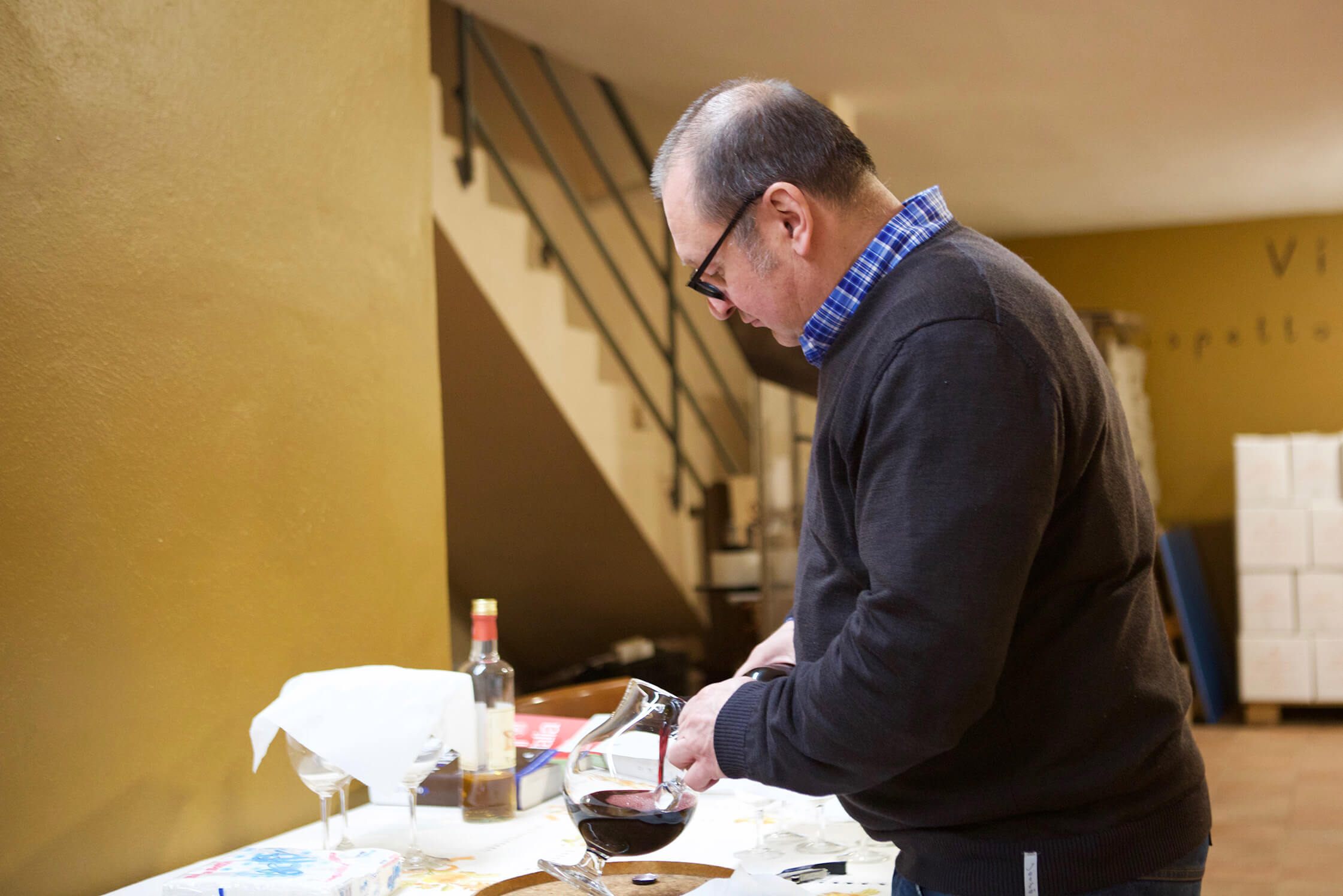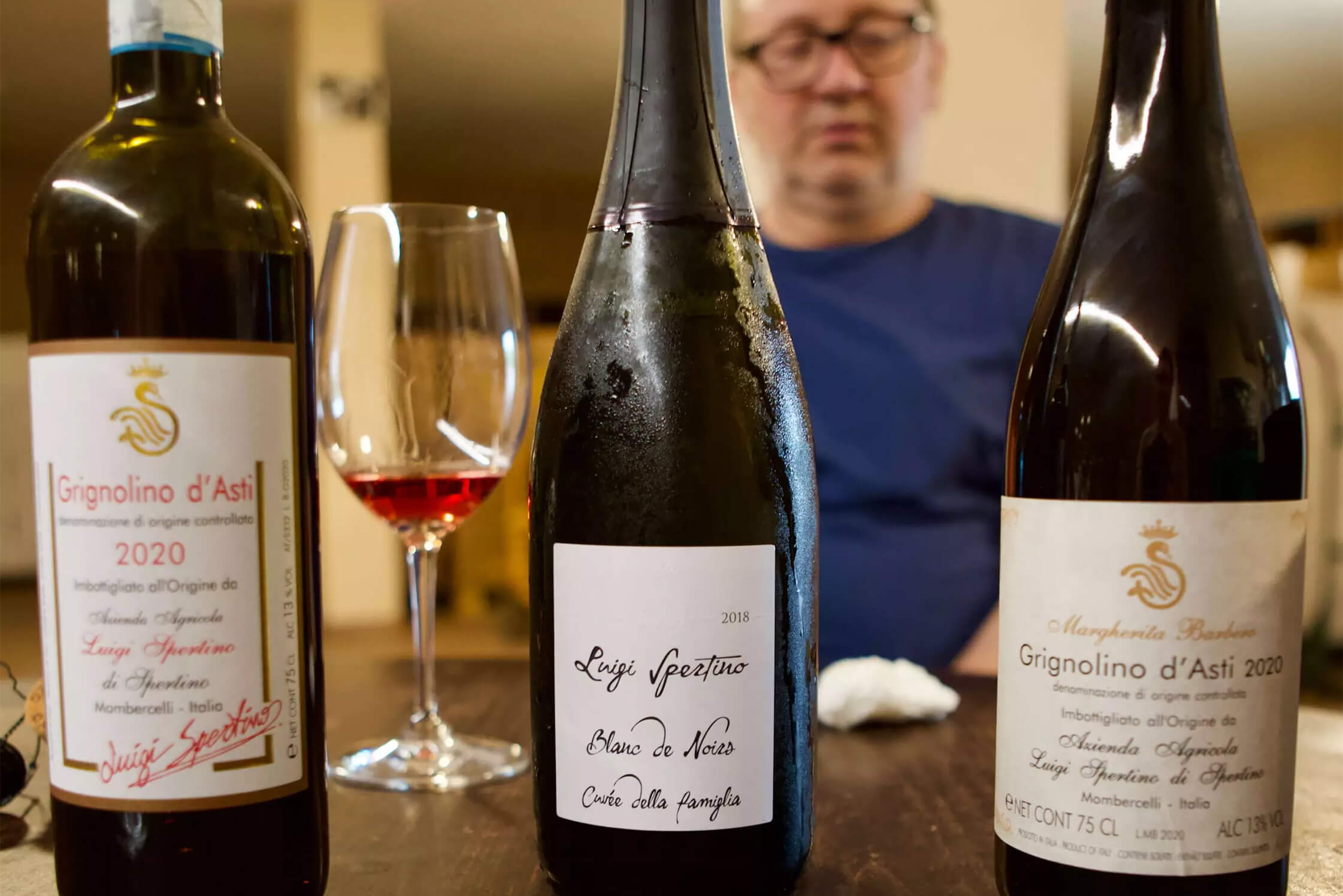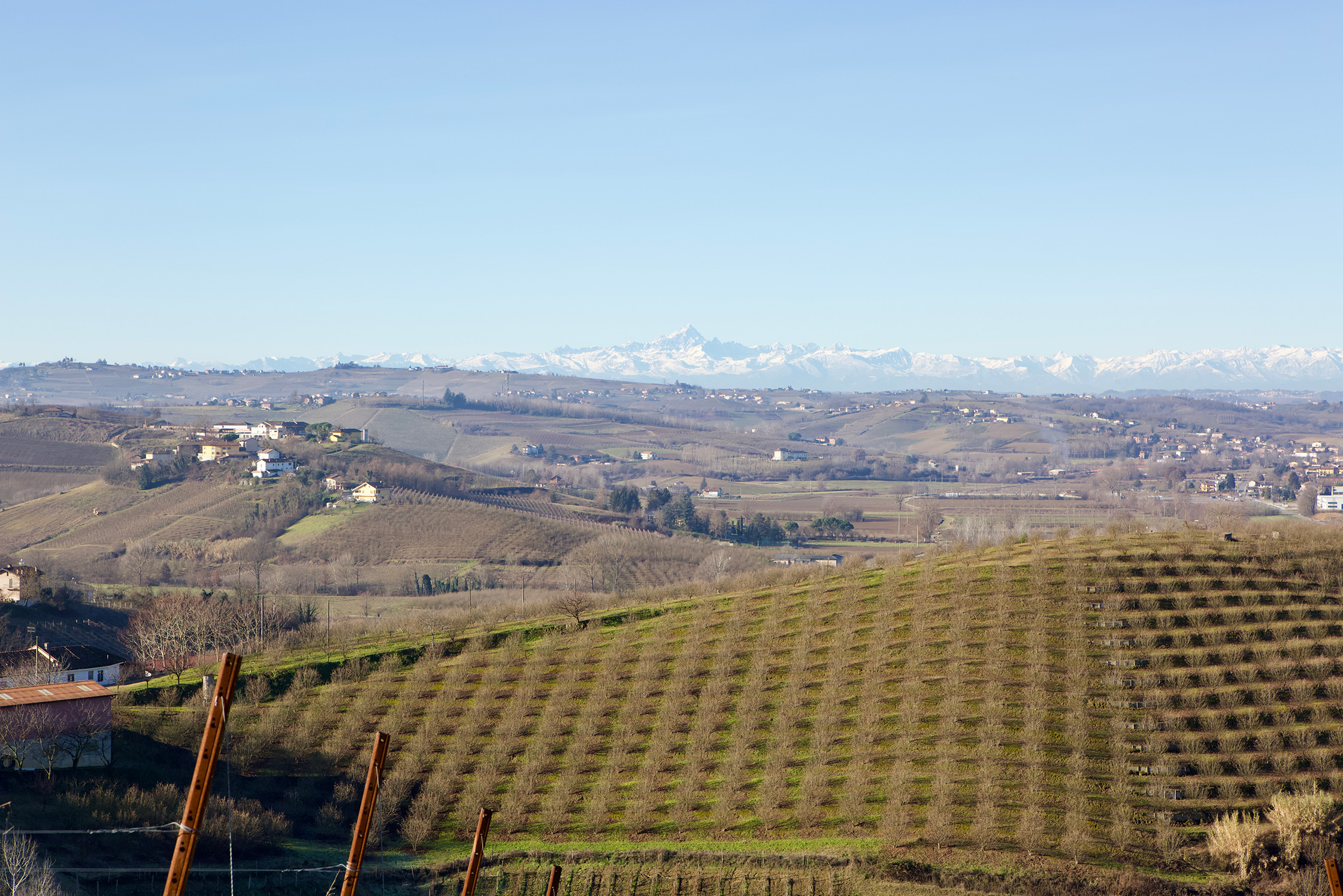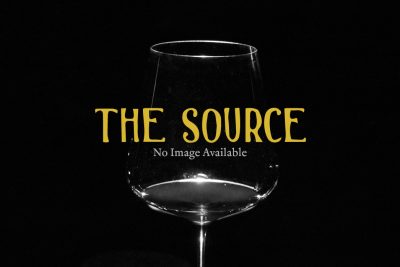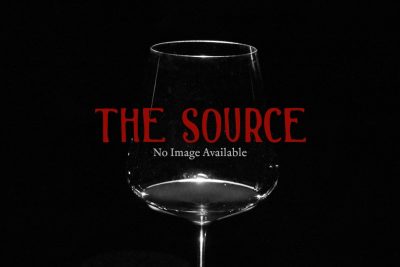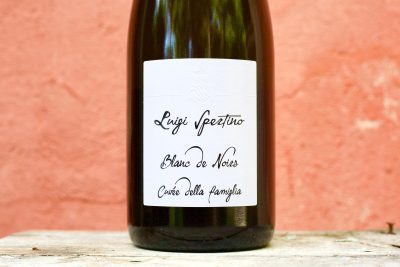Luigi Spertino
This website contains no AI-generated text or images.
All writing and photography are original works by Ted Vance.
Full Length Story
Mauro Spertino is one of the most artistic and technical craftspeople in our entire portfolio. The diversity and skill demonstrated throughout his range forecast the inevitability that he will find his place among other wine alchemists in Italy whose unmistakable imprints are evident at first smell—Quintarelli, Bea and Soldera are names that come to mind.
The Spertino family has worked their lands to make ends meet by selling grapes and almonds since 1898. Luigi Spertino took over the family estate in 1977 and began to bottle wines under the family name the following year. Surrounded by wine his entire life, his son Mauro gradually took the reins and the wines have reached a level of distinction rarely found in the wine world.
His reds range from bright and sensual, able to flutter and seduce, to more elixir-like and dark, which mesmerize with a deep well of discovery in each smell and taste. Mauro toys with Cortese, a white grape from which he slowly extracts an orange hue, crystalline clarity and mind-bending complexity. His vermouth, Belle Epoque, carries a ballerina-like balance of power and grace. All that he touches he makes into something dazzling and one of a kind.
To give Mauro Spertino any parcel of land is an opportunity to discover its potential, but with a twist. Every wine is subordinate to its terroir, but Mauro has learned how to harness the most distinguished and compelling expressions from his meticulously farmed grapes and turn them into something unexpected and uniquely special. He goes beyond every expectation with any parcel of land that may in the wrong hands just as easily produce nothing more than a decent wine.
Located in a northeastern area of Piedmont, the Spertino’s eleven hectares of vineyards are in the commune of Asti, inside the Tiglione Valley. La Mandorla, the hill next to their house where their grapes grow, means “the almond” in Italian. It takes this name because the almond trees begin to flower a month earlier than most other regions in Piedmont, which suggests that it’s one of the warmest microclimates in Asti.
Their west and eastern-facing vineyards on La Mandorla are steep and near forest groves that help to lower the nighttime heat. The soils are primarily composed of clay (70%) and sand (30%), and are gifted with the magical influence of its high limestone content. Mauro’s vines are cultivated to meet EU organic standards and everything is done by hand, including the mowing of the grass and herbs between the vine rows. -TV


